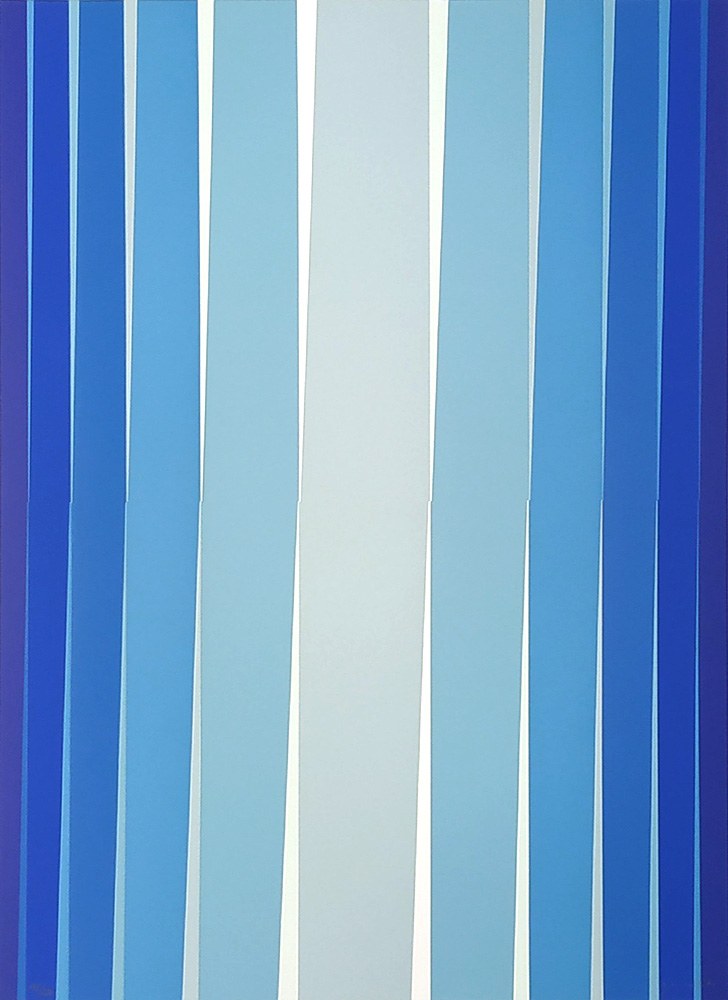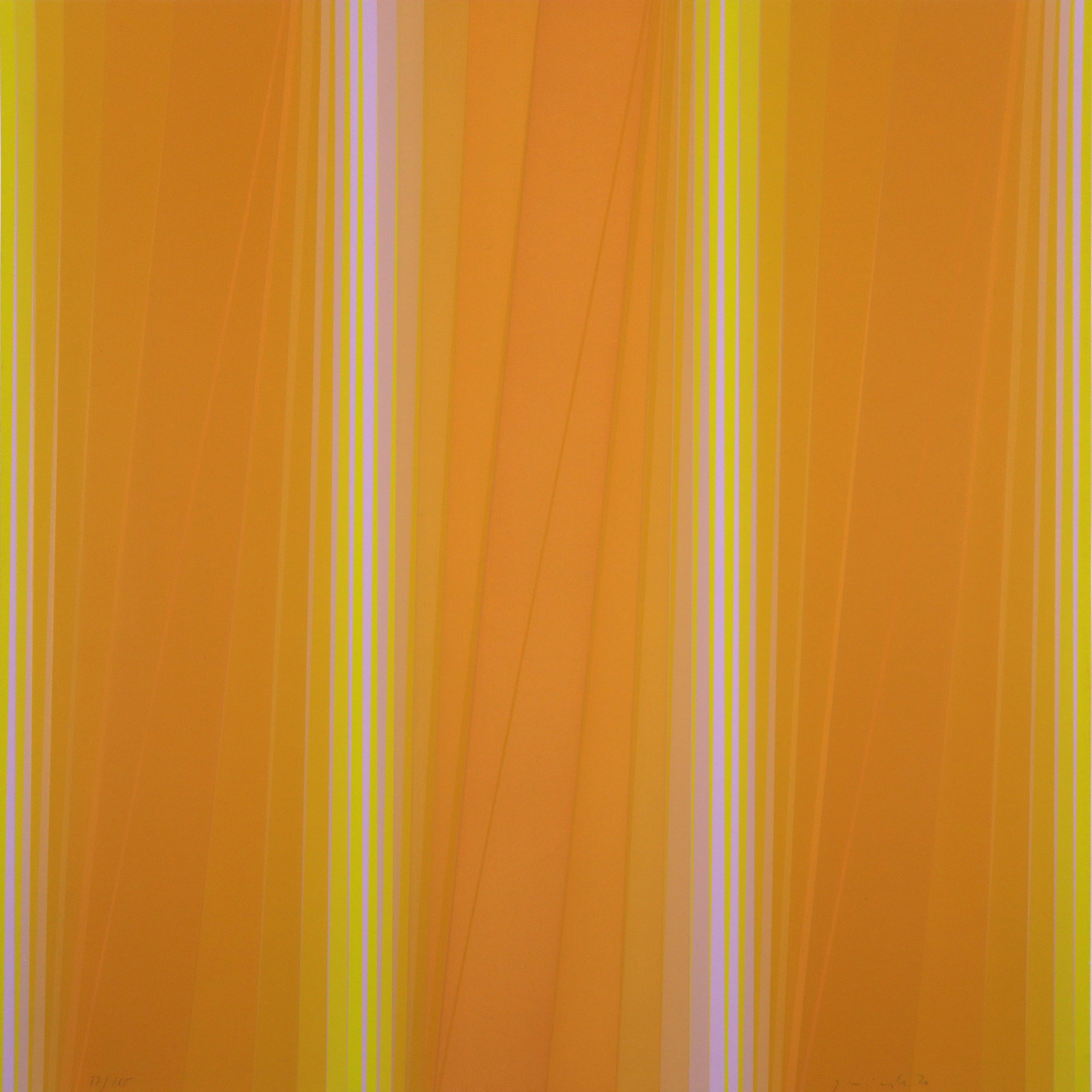Lothar Quinte
Lothar Quinte (1923–2000) was part of Germany’s avant-garde after the Second World War. Always careful to distance himself from his predecessors like Willi Baumeister and Fritz Winter, he quickly found his own style, which at a stretch could be considered a mixture of Concrete Art and Op Art, and which is also very close to the Düsseldorf-based ZERO group. The artist spoke about his works as very personal pieces, though it is very difficult for the observer to extract concrete information from the images. They are much more contemplative moments which the artist discloses to the observer, searching for a much clearer expression while reducing shape and color as much as possible. Quinte’s palette was restricted to just two or three colors, which he often brought to the canvas in a linear and circular form, and from this he then created a three-dimensional space that also radiates into the observer’s space. This brings about unusual perspectives and, in part, even optical movements in the image, as is typical of op art.
Quinte’s work with sacred spaces is especially worth pointing out. The artist produced large stained-glass windows for Lübeck Cathedral and the chapel in Champenay, France, which testify to the emotional aspect of Quinte’s art and that stand in contrast to the color fields of his paintings, which seem hard and cool at first glance. In his church windows Quinte reveals that even such an abstract and concrete art form provides space for emotion and ambiguity.
“The more I’m able to cut down, the clearer the image becomes. I’ve always sought peace in movement, implosion rather than explosion of color.”



